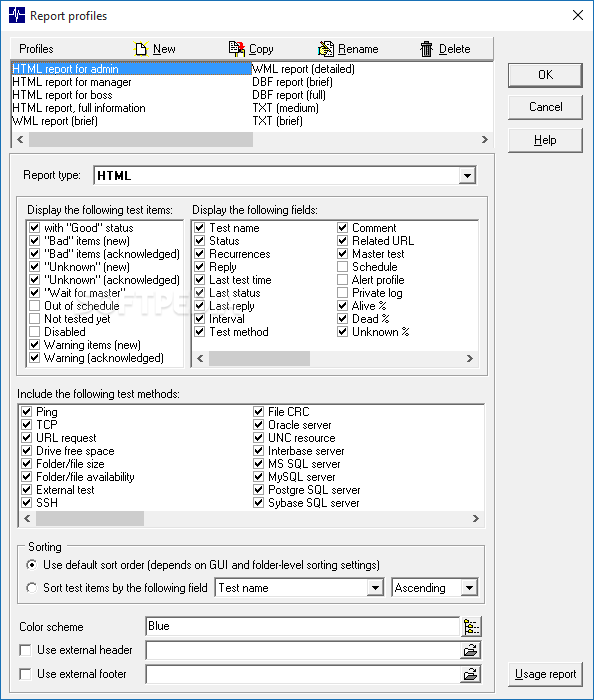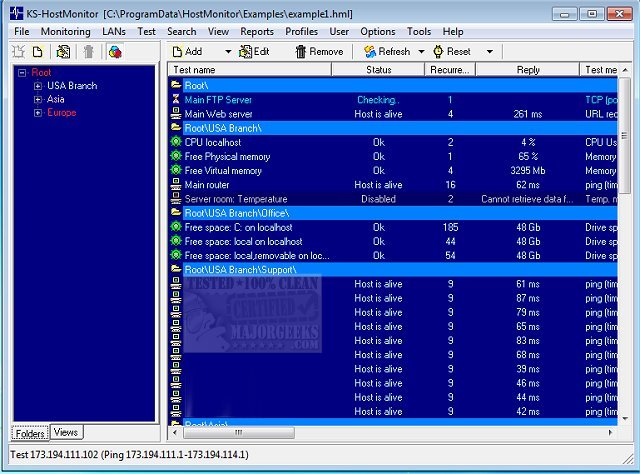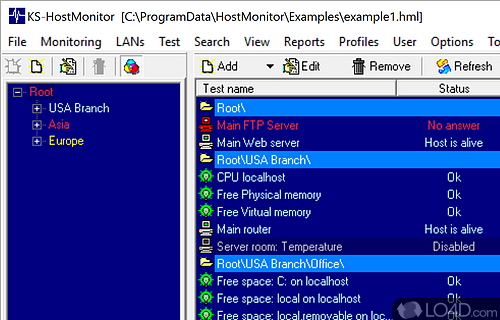

Many SMB errors are benign (not harmful). To do this, follow these steps:Īlways check SMB errors against the MS-SMB2 protocol specification.

If there is no noticeable TCP/IP issue, look for SMB errors.
Advanced host monitor driver#
This can be caused by slow storage or some other issue that prevents data from being retrieved from the Ancillary Function Driver (AFD) Winsock buffer. These can cause slow file transfers because of compound TCP congestion throttling.įive retransmits followed by a TCP reset could mean that the connection between systems was lost, or that one of the SMB services crashed or stopped responding. This typically indicates that there is a firewall block, or that the Server service is not running. The TCP three-way handshake does not finish. Therefore, an SMB issue can also be caused by TCP/IP issues.Ĭheck whether TCP/IP experiences any of these issues: SMB is an application-level protocol that uses TCP/IP as the network transport protocol. For performance issues, always take both a good and bad trace, if the situation allows it. You should trace only a minimum amount of the data that's transferred. This section provides the steps for using netshell to collect network trace. To discover the source of the issue, you can check the two-sided traces: CLI, SRV, or somewhere in between. Stop collecting data by using Ctrl+C from keyboard. For example, if the SMB client or SMB server is a Unix host, you can collect data by running the following command: # tcpdump -s0 -n -i any -w /tmp/$(hostname)-smbtrace.pcap Third-party devices generally have an in-box packet capture tool, such as tcpdump (Linux/FreeBSD/Unix), or pktt (NetApp). On Windows systems, you can use netshell (netsh), Network Monitor, Message Analyzer, or Wireshark to collect a network trace.

Collect dataīefore you troubleshoot SMB issues, we recommend that you first collect a network trace on both the client and server sides.
Advanced host monitor windows 10#
The SMB Client (CLI) refers to the system that is trying to access the file system, regardless of the OS version or edition.įor example, if you use Windows Server 2016 to reach an SMB share that is hosted on Windows 10, Windows Server 2016 is the SMB Client and Windows 10 the SMB Server. The SMB Server (SRV) refers to the system that is hosting the file system, also known as the file server.


 0 kommentar(er)
0 kommentar(er)
